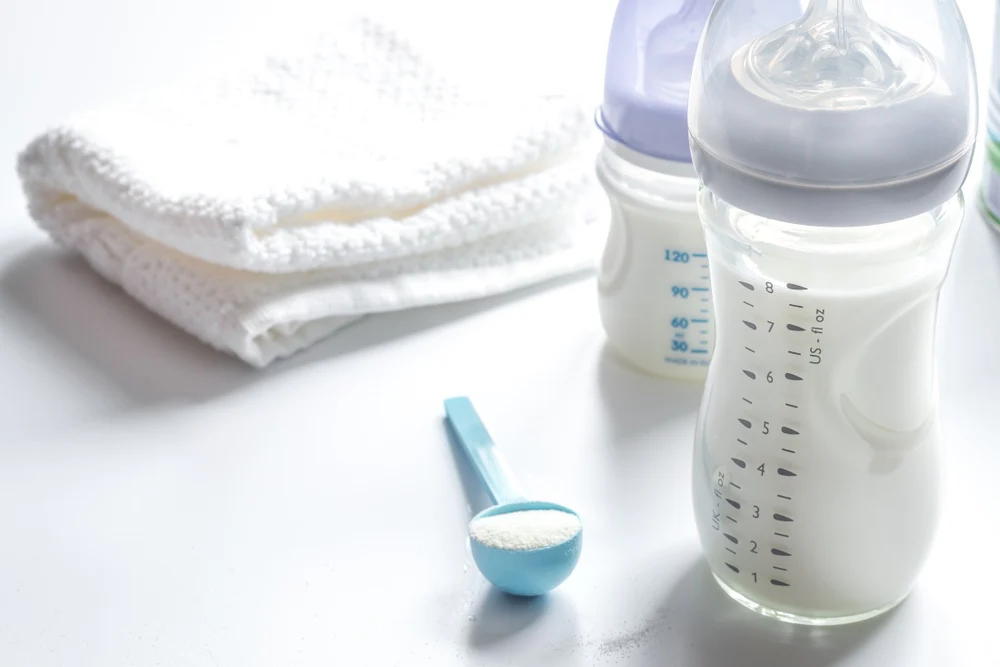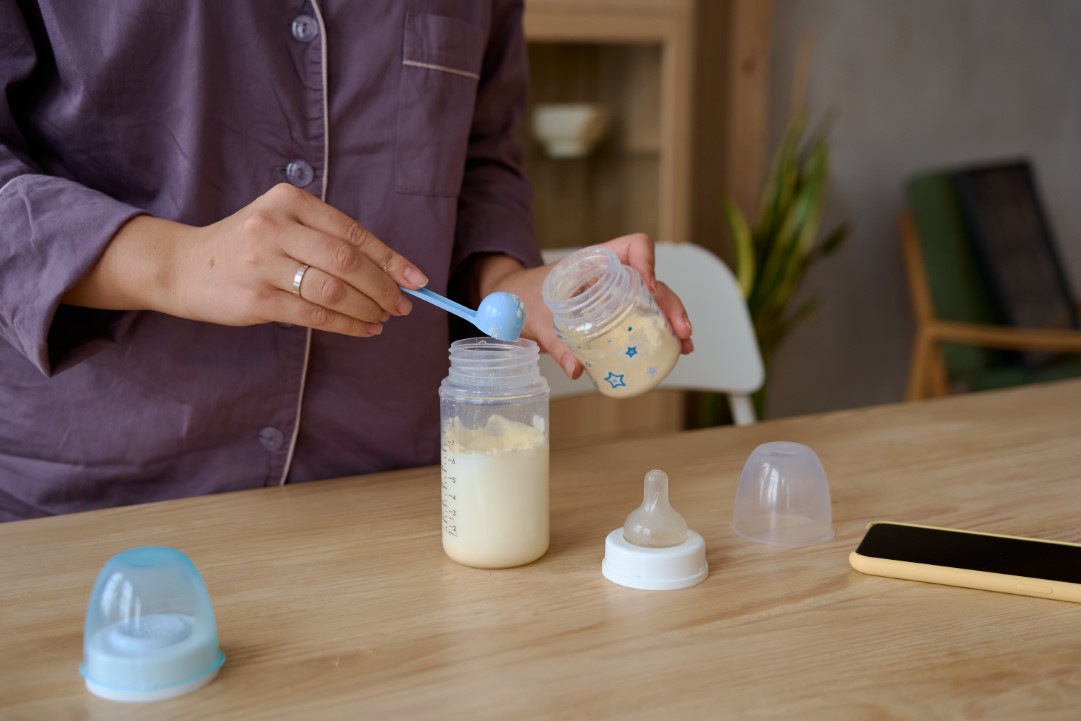
Parents often expect complex answers when picking a formula, but the truth is simple. The best formula is the one that supports steady growth, suits the baby’s digestion, and stays consistent with pediatric guidance.
Everything else is secondary. Once a baby tolerates a formula well, parents should avoid switching unless there is a medical reason. That is the clearest starting point for confident decision making.
Choosing the right formula becomes easier once you understand how ingredients work, how babies react to different blends, and what doctors actually look for when evaluating a feeding plan. Modern formulas are designed to mimic breast milk as closely as possible, but not all babies respond the same.
Some need more easily digestible proteins, some need lactose adjustments, while others need specialized blends due to allergy risk or low birth weight. A structured approach helps parents stay calm and practical instead of overwhelmed by marketing claims.
Understanding the Main Types of Baby Formula
Infant formulas fall into three general groups. Standard cow milk formula is the default choice for most babies who have no known intolerance or allergy. It contains lactose as the primary carbohydrate and balanced whey casein proteins for easier digestion.
Soy formula is a secondary option for babies diagnosed with specific conditions like galactosemia or for families who prefer plant-based feeding plans. The hydrolyzed formula contains proteins that are broken down into smaller fragments to reduce the chance of digestive discomfort or allergic reactions.
These blends are recommended when a baby shows persistent fussiness, vomiting, skin reactions, or a confirmed cow milk protein allergy.
Understanding these categories helps parents avoid unnecessary experimentation. A baby who digests standard formula well does not need a premium or specialized blend.
Pediatricians consistently advise that parents should focus on tolerance and weight gain instead of brand reputation. If the baby grows steadily, eats without discomfort, and maintains regular stools, the formula is doing its job.

How to Evaluate a Formula Beyond Marketing Claims
Parents often get confused because many labels promote added ingredients like DHA, probiotics, or special fibers. These additions can be helpful, but none of them replace the basic requirement of stable digestion.
A formula with extra nutrients is still unsuitable if it causes gas or changes stool patterns significantly. The ideal approach is to study the ingredient list and understand a few core points.
First, the protein source determines how easily the baby absorbs nutrients. Whey-dominant formulas are softer on the stomach. Casein-dominant formulas keep babies fuller for longer but may cause mild constipation in sensitive infants.
Second, the carbohydrate source matters. Lactose is natural and usually well-tolerated. Corn syrup solids or glucose polymers are used in sensitive formulas, but are not necessary for babies with normal digestion. Third, the fat blend contributes to energy levels and stool softness. Oils like palm, coconut, or sunflower create different textures in the final mixture.
A strong formula is not necessarily expensive. Even basic versions from reputable manufacturers meet strict nutrition standards. What matters is that the formula remains consistent and predictable for the baby.
Parents should track reactions over the first two weeks. If there is no unusual crying, rash, or vomiting, and weight gain stays on track, the formula can be considered a good match.

When Specialized Formulas Make Sense
Some babies need targeted nutritional support. Premature infants, for example, often require nutrient-enriched formulas with higher calorie density to catch up on growth.
Babies diagnosed with cow milk protein allergy require extensively hydrolyzed or amino acid-based formulas to prevent severe reactions. These formulas taste different and are more expensive, but they are essential for health and comfort.
Digestive issues like reflux or excessive gas sometimes improve with partially hydrolyzed formulas or blends with a thicker consistency. However, these choices should be discussed with a pediatrician because switching formula based on guesswork often prolongs discomfort. A baby with mild symptoms may only need smaller, more frequent feedings rather than a different formula.
At this stage, parents often search for trustworthy products. In the middle of the decision-making process, it is helpful to explore reliable retailers. One place where you can review options in an organized way is the category for babies milk formula, which lists formulas by type and purpose. Browsing structured product groups makes the selection easier without pressure to choose quickly.
The most important rule in the middle of this journey is practical. Choose one formula, give the baby enough time to adjust, monitor reactions, and avoid switching too fast. Stable feeding is more important than finding a hypothetical perfect option.

How Much Formula Babies Actually Need
Daily amounts vary by age. Newborns often start with small 30 to 60 ml feedings every few hours. By three months, most babies comfortably consume around 120 to 150 ml per feeding. Around six months, intake may stabilize at 700 to 900 ml per day, depending on appetite and growth rate. These numbers are guidelines, not fixed rules. Babies self-regulate intake when allowed to feed calmly without pressure.
Parents should focus more on growth charts than bottle volume. Consistent weight gain and satisfied behavior after meals confirm that intake is sufficient. Overfeeding is more common than underfeeding when parents try to meet perceived targets instead of following natural signals.
Final Guidance for Parents
Parents often feel pressure to choose perfectly when it comes to formula, but the process becomes simple with the right priorities. The best formula supports steady growth, causes no digestive discomfort, and remains consistent over time. Once you find a formula that suits your baby, there is no need to switch unless a medical issue appears. Ingredients matter, but reactions matter more.
The safest approach is practical and structured. Start with a standard formula unless your pediatrician recommends otherwise. Monitor digestion and comfort for two weeks. Make changes only when there is a clear pattern of intolerance backed by professional advice. Stability and calm feeding routines always outperform rapid experimentation.








